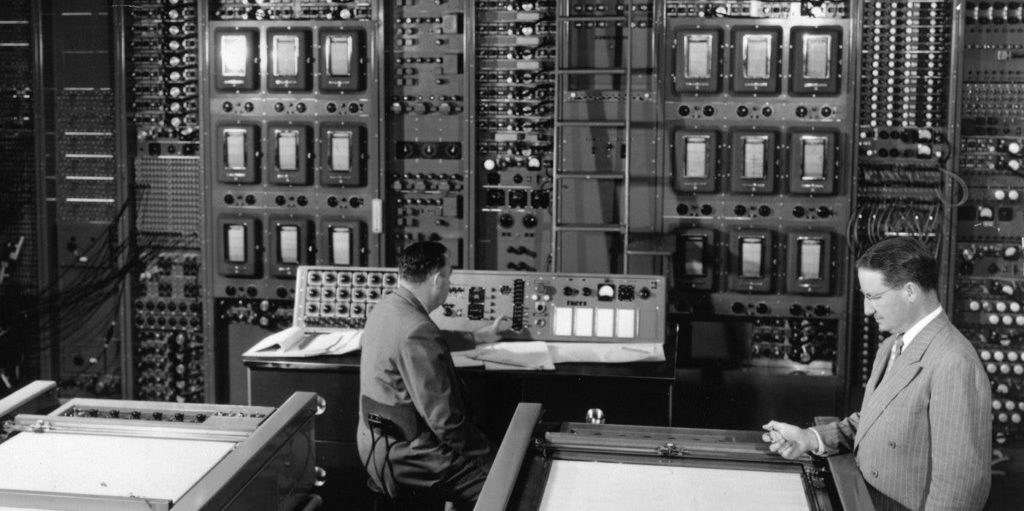We have spent a month together this May delving into grief. From the Five Stages, to coping, and even celebrating. There is always more to say. But one point always comes to the surface, as it did for my friend Elisabeth Kübler-Ross twenty-five years after an awakening she had three miles from Lubin, Poland at Majdanek Concentration Camp in 1946. The story she told me and recounted in a short book she wrote, The Cocoon and The Butterfly, provide perhaps the best understanding of the transformative power and nature of grief.
In 1992, while helping my patient and friend, Michael, through the struggles he was having with terminal illness and alienation from his family, I had a long conversation with his mentor Kübler-Ross. Her straightforward advice was that he should come back to her ranch in Head Waters, Virginia for a retreat. Our talk then took another turn as I asked her why she chose to work with death and dying, particularly with children, which had been the focus of her medical career. For the first time, EKR elaborated with me about her life. Her initial one-word-response was this; "Butterflies." Then she went on to tell me a story.
In 1946, Elisabeth, one of three triplets born to her parents in Zurich, Switzerland, had at age 19, decided that she would become a physician. World War II had ended in Europe the year before. Elisabeth told me she felt compelled to join the International Voluntary Service for Peace in an effort to help decimated communities and provide assistance to countless refugees. It was her visit to Majdanek Concentration Camp that changed everything. The SS killed tens of thousands of an estimated 90,000 Jews deported to Majdanek. Three gas chambers were used to choke the life out of prisoners, many of them women and children. It was in the children's barracks and at one of the gas chambers that Elisabeth saw the butterflies. She was sorting shoes on the floor of one of the gas chambers when she noticed the drawings. Children had used their fingernails and rocks to carve butterfly images on the walls. Hundreds if not thousands of the etchings were in the barracks as well. She was shocked, shaken, and bewildered. How could these little people, condemned to forced labor and death find a place in their hearts to draw butterflies....and Why? Though she did not have an answer, EKR made a decision then and there to become a psychiatrist and to work with children who were suffering and terminally ill. It was in 1971, as she recounted, after sitting at the deathbeds of many hundreds of children that her answer to the Holocaust puzzle came. She told it to me in these words;
"The little ones were no longer in cocoons. Now they were butterflies. They would be set free from the hellish concentration camp. No longer prisoners of their bodies. No more torture. No more separation from their mothers and fathers. This is the message they were leaving for me and for all of those left behind. I have used the image of the butterfly for the past twenty years to explain the process of death and dying."
The pain and suffering of horrific losses have the power to change us and to shape our lives like no other force. After we descend into the darkness there will come a possibility of liberation. We see this in the lives of people like Elie Wiesel, a child survivor of concentration camps, who went on to "combat indifference, intolerance, and injustice through international dialogues and youth-focused programs". We witness the incredible work of John Walsh whose little son Adam was brutally murdered in Fort Lauderdale at the hands of a child molester. John has gone on to expose every kind of crime as he advocates for justice with his television shows and writings. Of course, there are many more like Elisabeth, Elie, and John. They each have been transformed, taken from predictable lives, thrown into a cave of darkness, and have emerged with wings. They point us to the possibility of new beginnings. They also give us a message that there is something more. Like the children of Majdanek, they signal to us that there is something more powerful than death.
When a caterpillar begins to spin her cocoon the most incredible things begin to happen. Woven into what appears to be a shroud, the little creature starts a cycle of death. Then, in an unexplainable moment, it becomes a goo of nothingness. From that goo, a form appears and new creation begins to take shape. Soon, with an incredible struggle that empowers its wings, a butterfly breaks forth from the cocoon. She loosens, exercises, and then flies into the sky. What a miracle. So it is for each and every one of us. EKR saw it happen without exception when her young patients transitioned from life. As she was so fond of saying; "Life doesn’t end when you die. It starts.”




